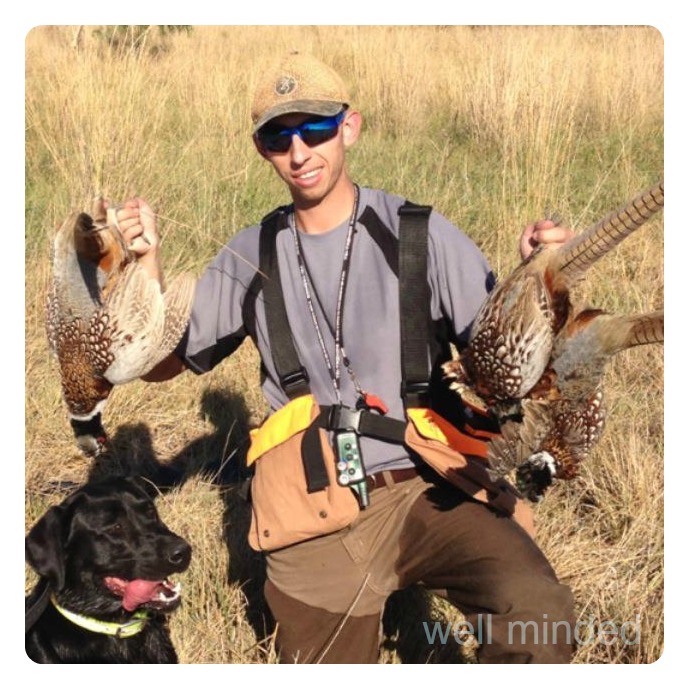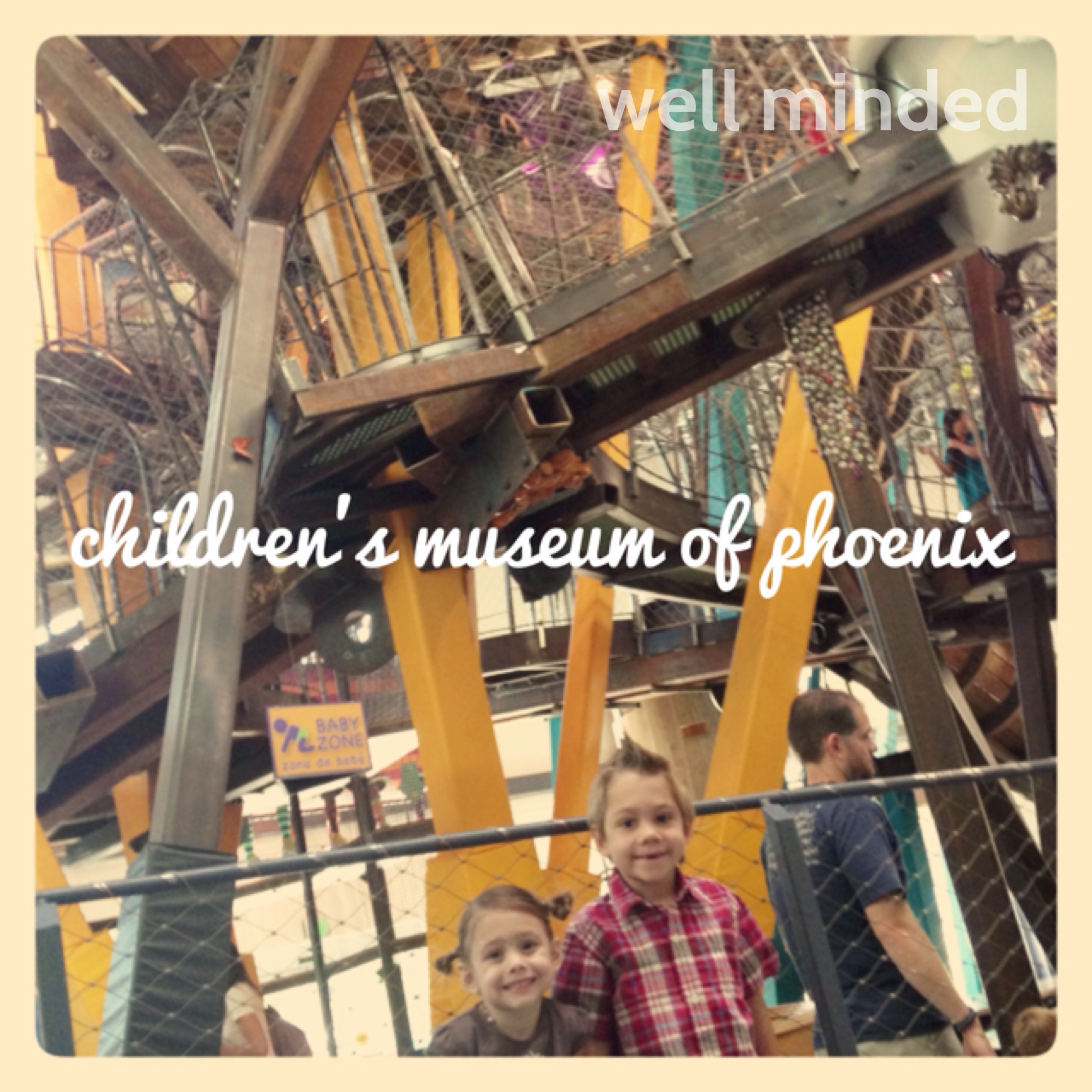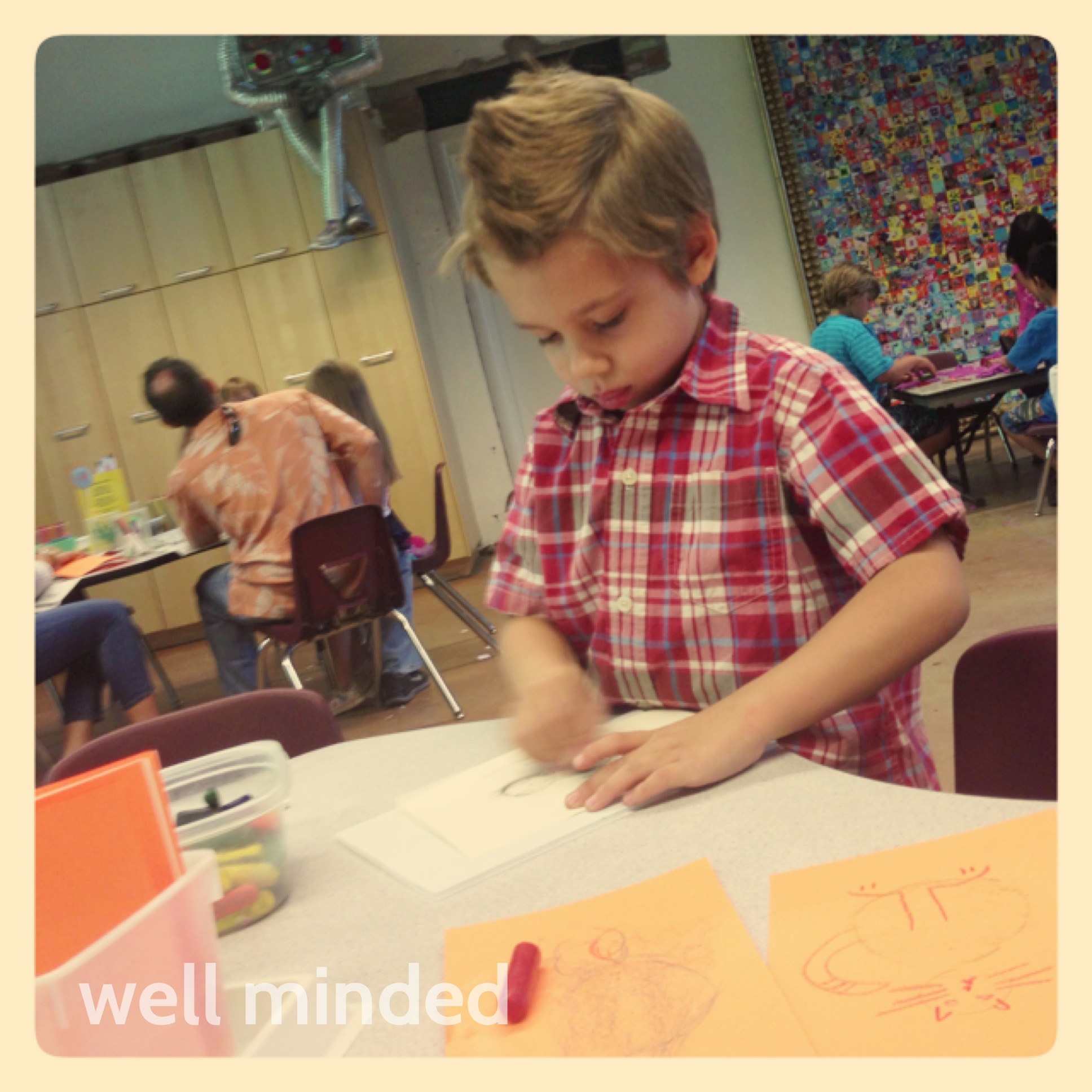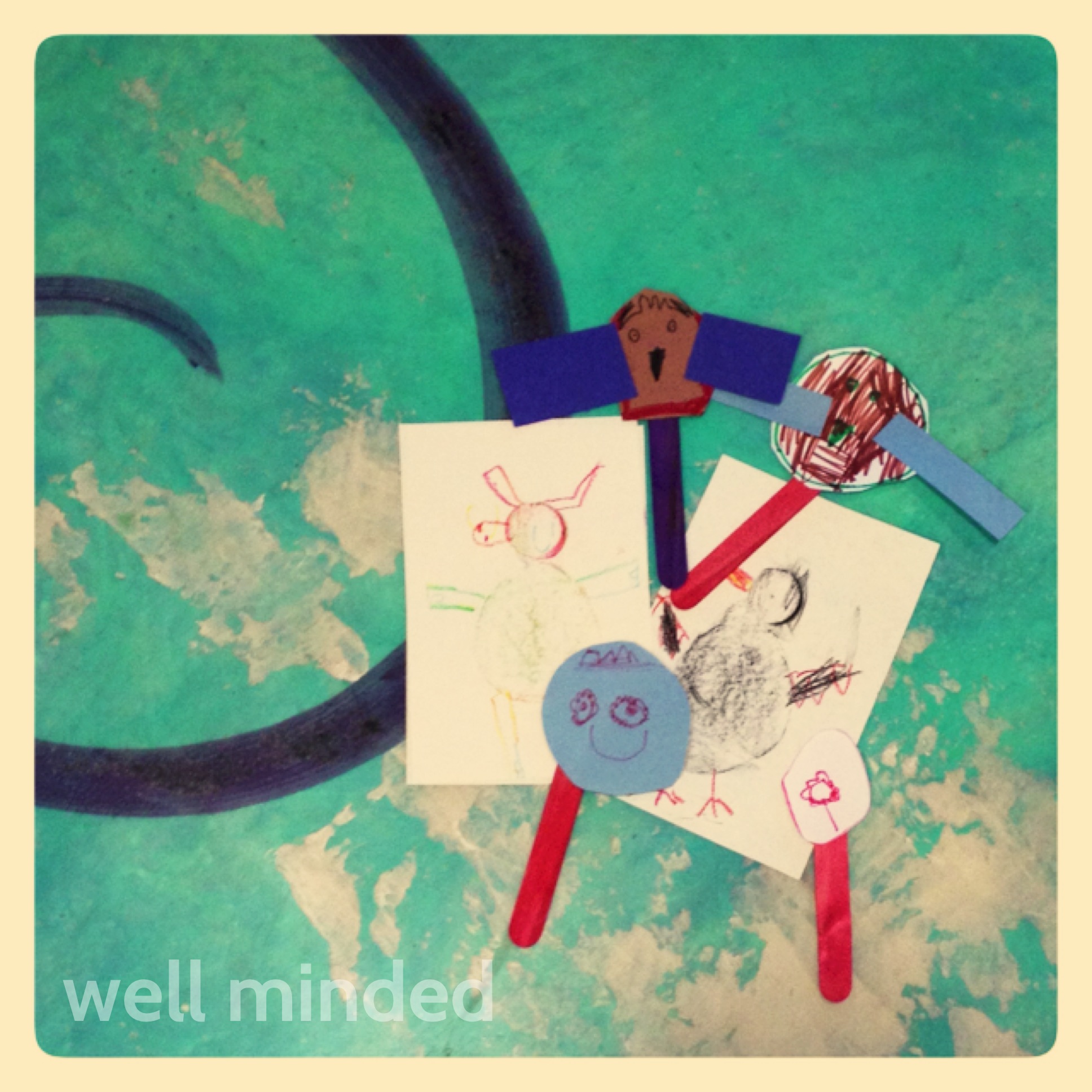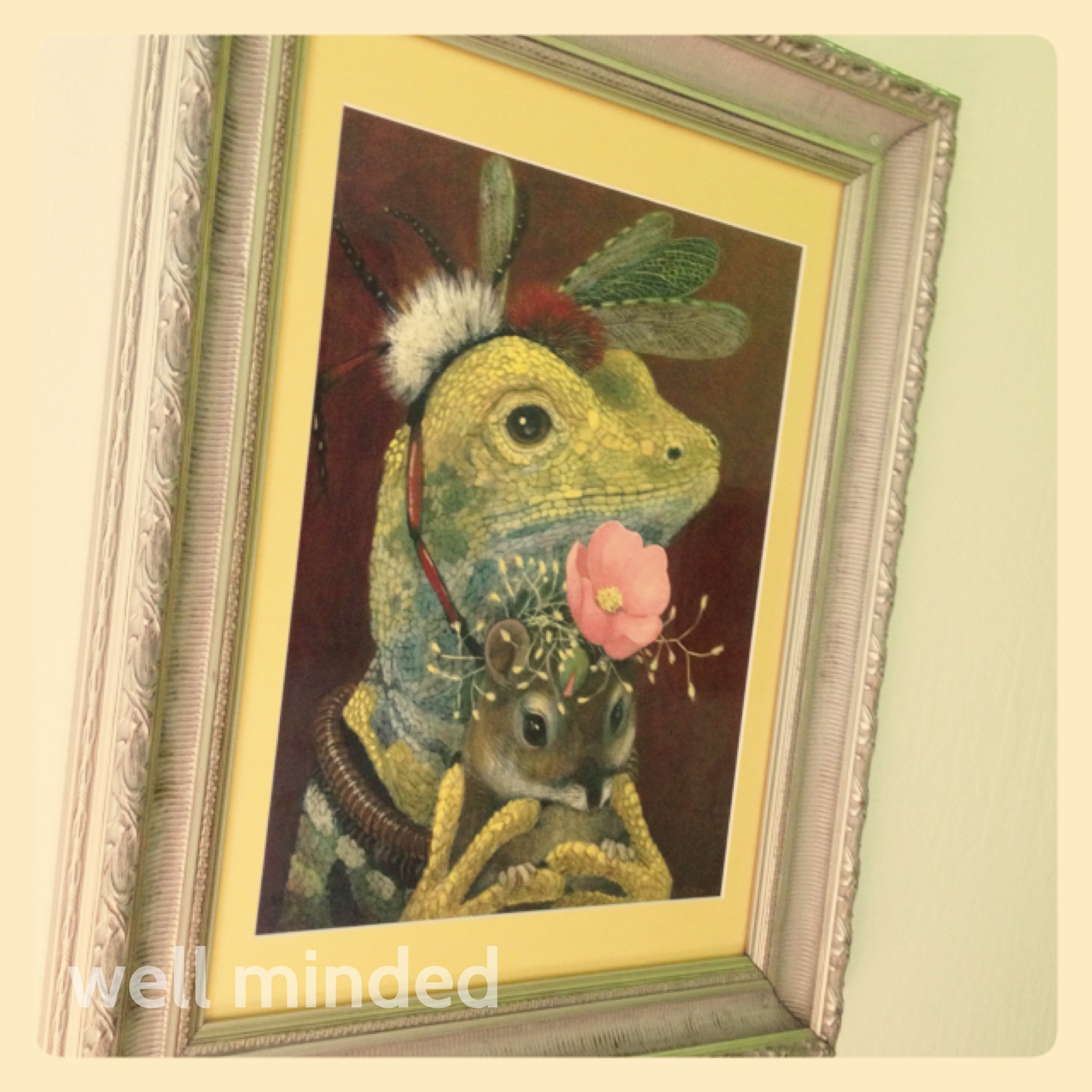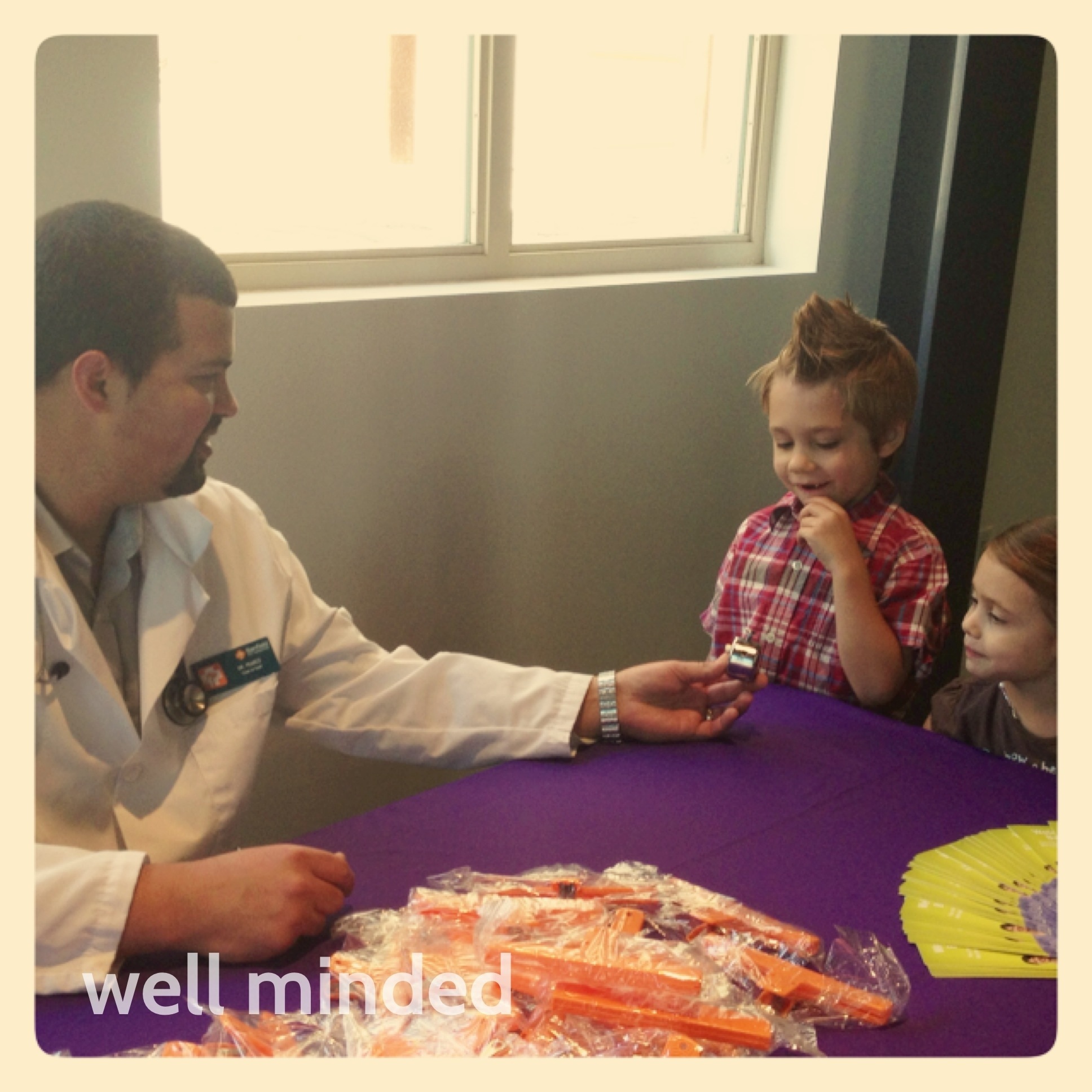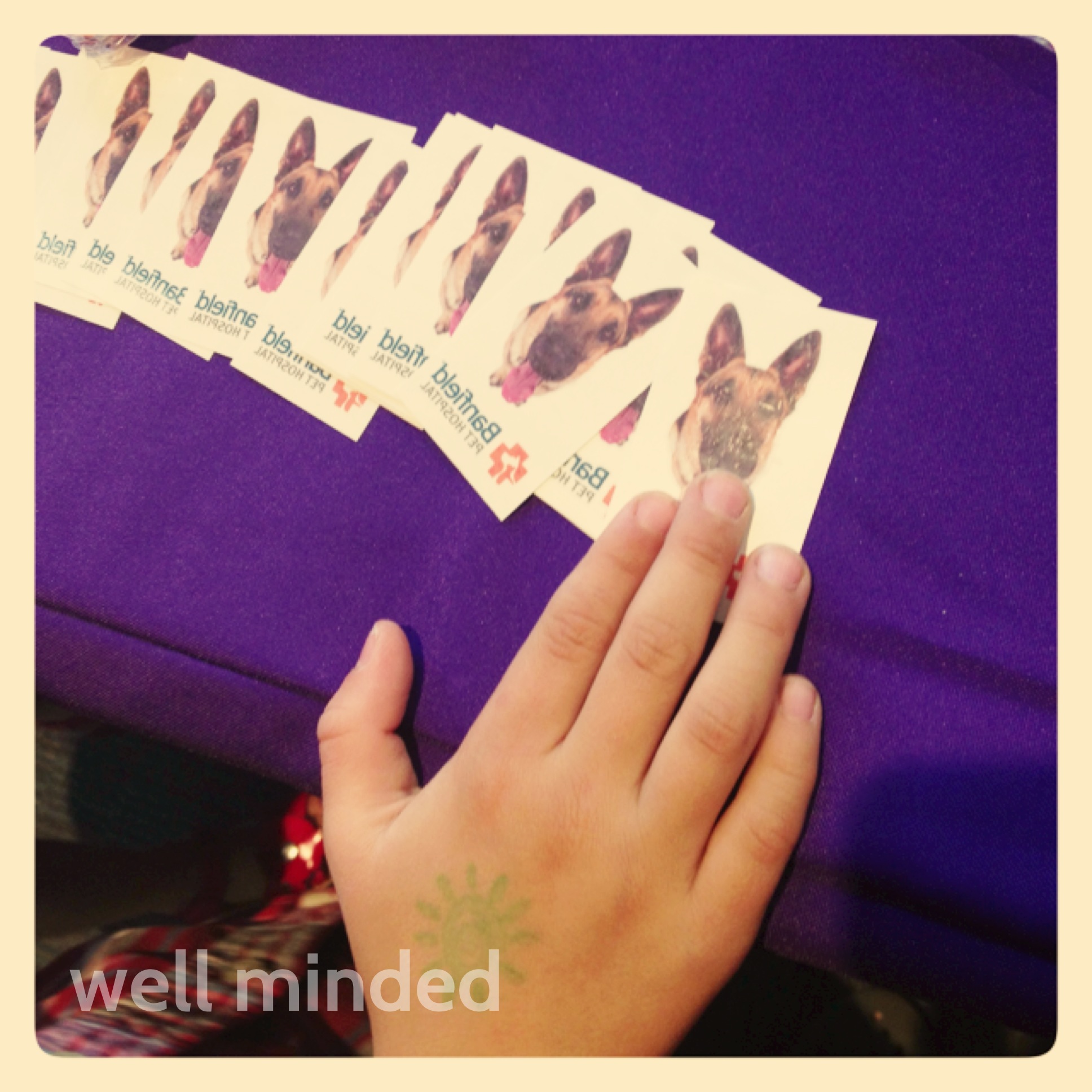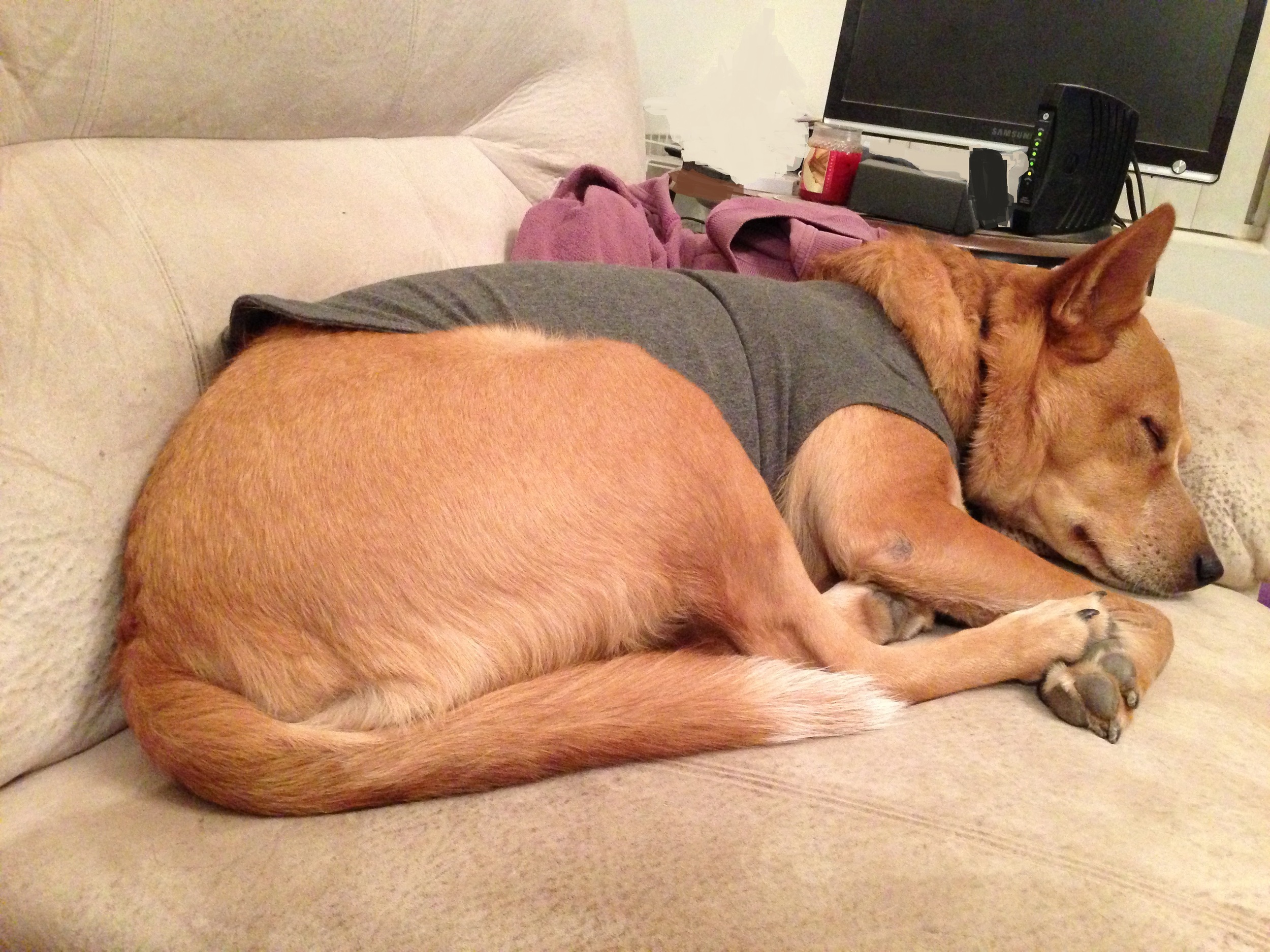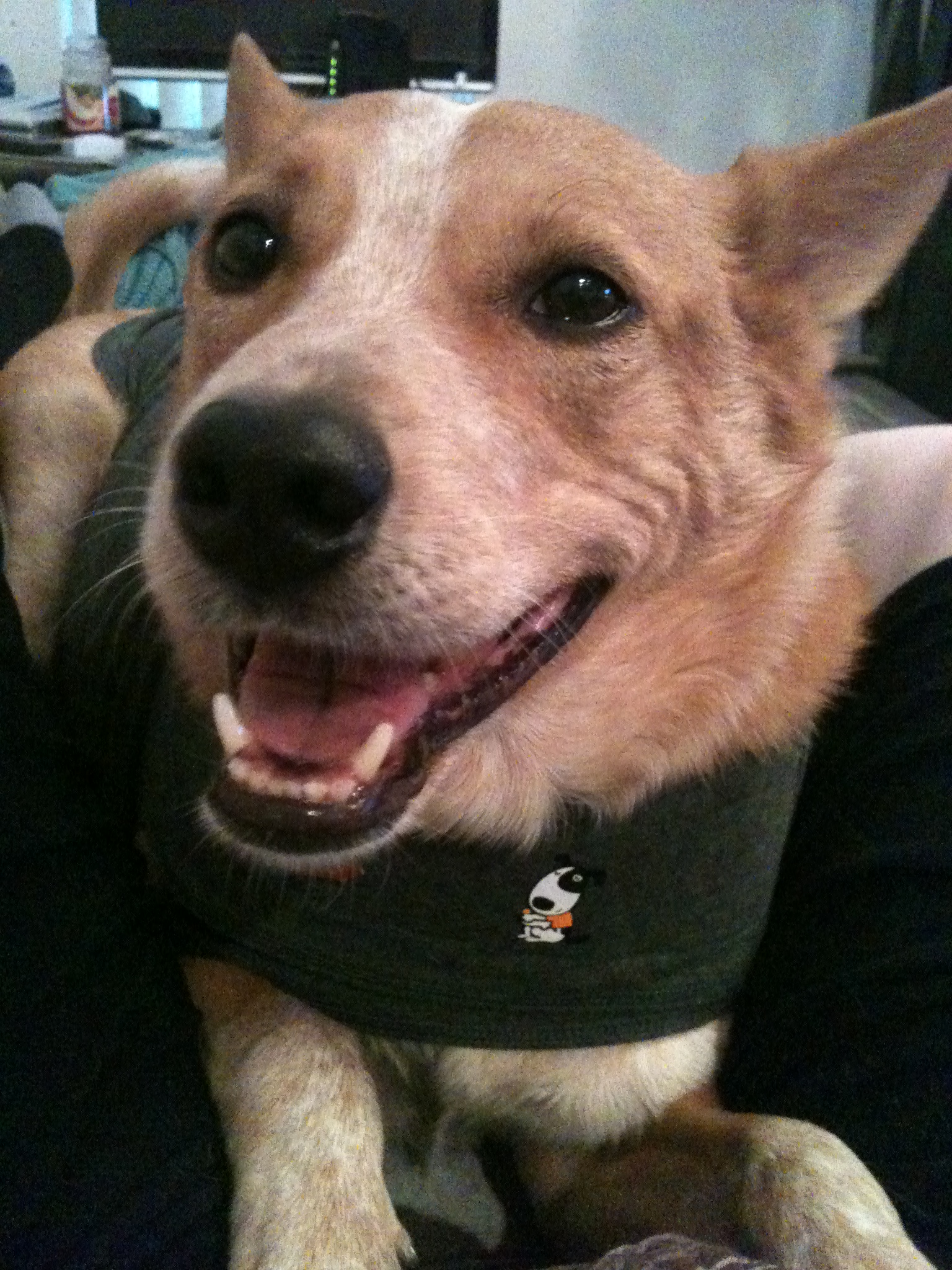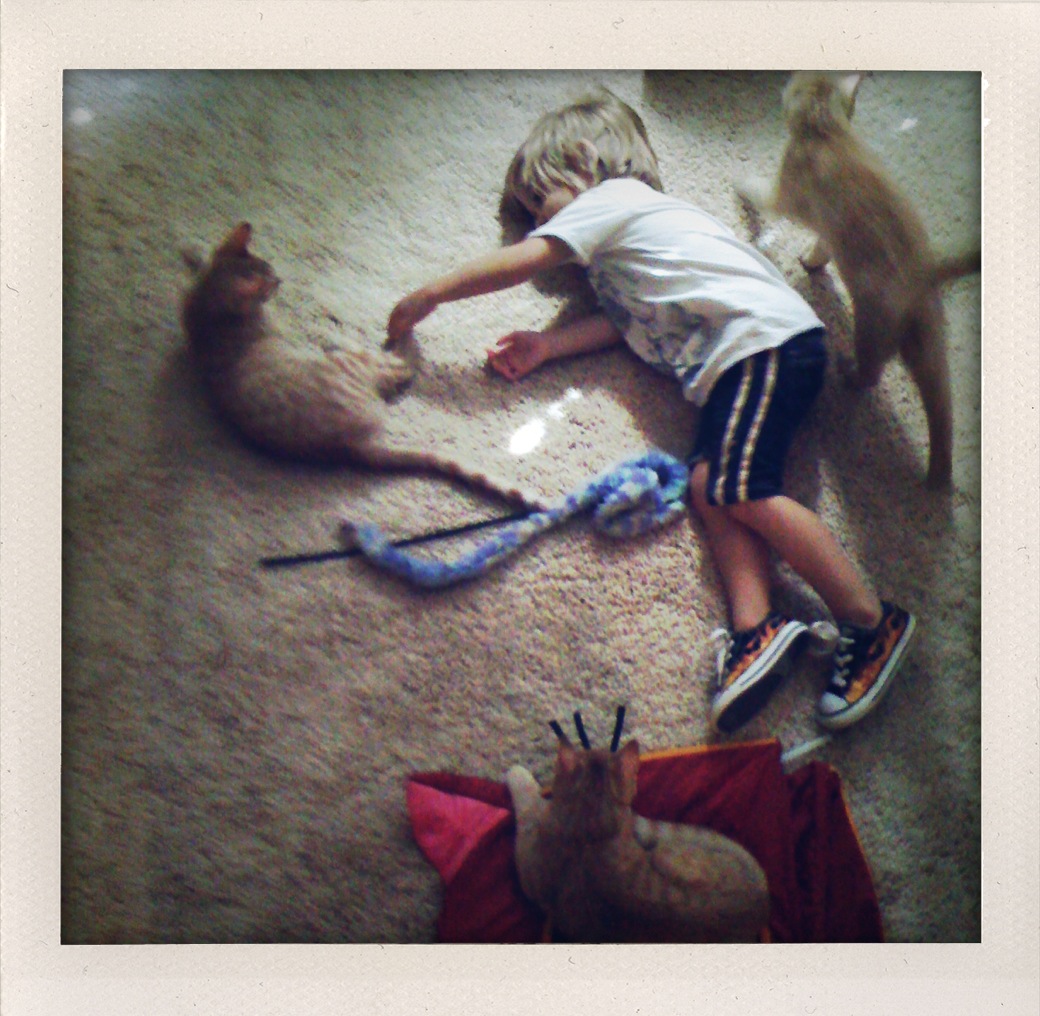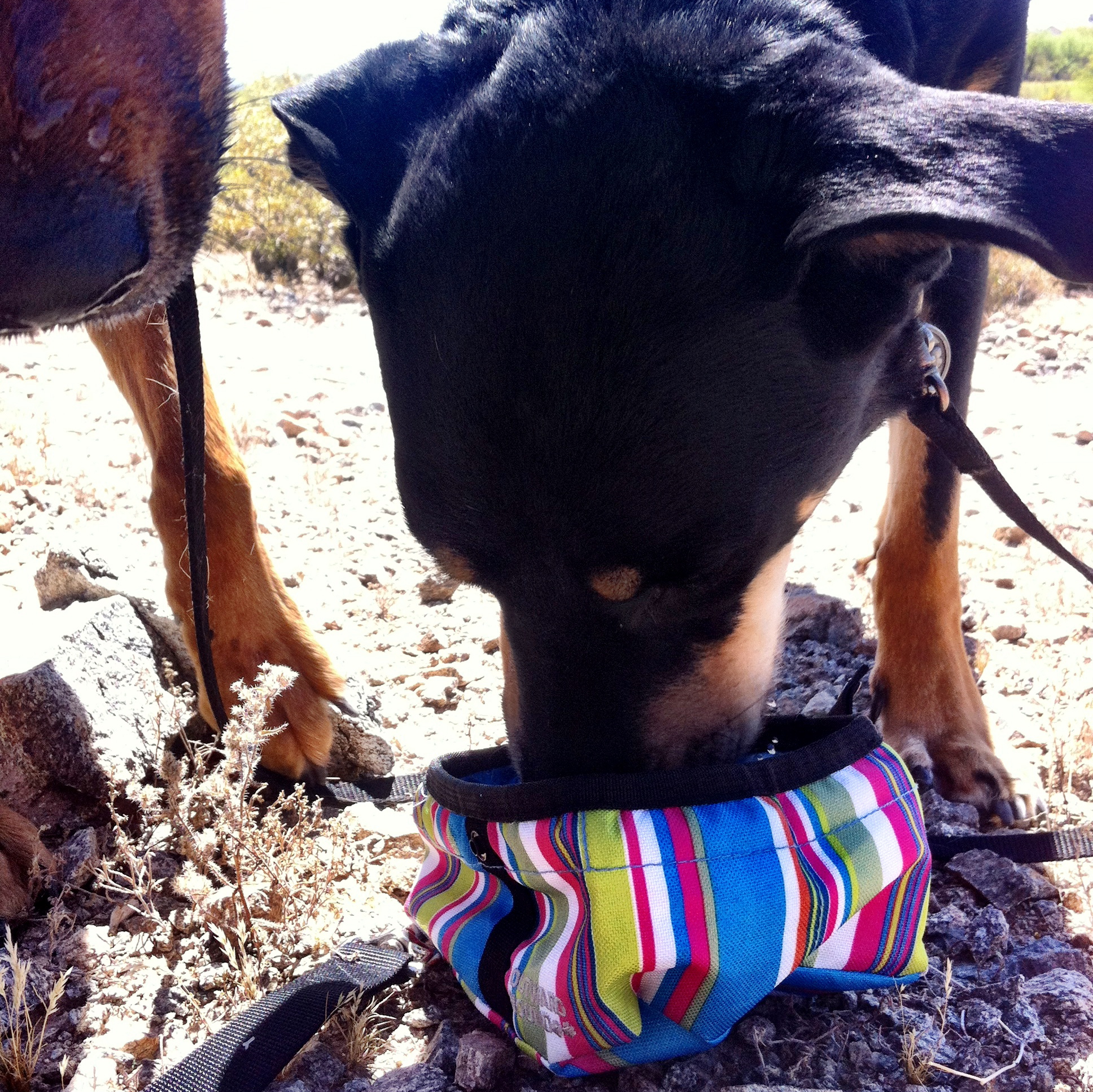I pride myself on loving and accepting my family and friends, even if I don't agree with what they do. They extend me the same courtesy, and the result is that we can have educated respectful conversations about nearly anything, and we both come out smarter for it. I don't make public statements on social media about my leanings. I prefer to save those conversations for people (or blog followers) I can speak to "live," and not throw punches in the dark. Let me introduce you to my brother-in-law, Greg, who is an avid hunter and fisherman. Let me introduce you to Greg, whom I love and respect despite this fact. He is one of those people whom I have been able to have these intimate conversations with. You see, as a person heading toward a completely vegan lifestyle, and as a person who has never shot a gun and who has no desire to even catch-and-release, for fear I poked a bloody hole in the mouth of a sea-creature, and may have done psychological damage to said fish, I can't quite relate to Greg on this matter. With part a tone of conviction, and part solid facts and foundations, he has somehow presented to me on several occasions that hunting is okay–for him.
I was a little girl who would order ciopinnio in a restaurant and bring most of it home in a doggie bag, only to attempt resuscitation and give freedom to the in-tact animals in a bowl of water once I got home. They received names. And then were promptly eaten by the cat as soon as I went to bed. Or perhaps they were fed to the cat...hmmm...
Greg and I are one and not the same.
I met my husband's brother when he was sixteen, early on in his hunting and fishing endeavors. He first became interested in waterfowl and upland game bird hunting during his sophomore year in high school. He did not come from this background (so hopefully genes have been spared), but was introduced to it by a schoolmate, Lorenzo. Having completed a hunter education class at the age of fifteen, Greg purchased his first State of California Hunting License. He continued to gain more knowledge and interest, then went on his first waterfowl hunt with Lorenzo and Lorenzo's father.
"After going on just one hunt, I knew this was something I wanted to do every season and would need the appropriate gear to do so (waders, decoys, gun, and dog)," Greg said. His parents allowed him to purchase his first shotgun at age seventeen, with money he saved from working. At the same time, Greg purchased (another point of contention that I understand but don't agree with) his first hunting dog, Ruger, a male black lab. As a high school graduation gift from his parents, Greg received a season-long duck blind lease.
Greg completed his first duck season with Ruger and "found a new appreciation for the sport after watching the dog (I had) trained perform in the field." Greg and Ruger continued to hunt successfully together until 2011, when Ruger developed a brain tumor, declined quickly, and had to be euthanized.
First hand, I know Ruger was not just a hunting dog, but an amazing companion for the whole family. We were all heartbroken when he succumbed to his tumor. My favorite memory of Ruger is when Greg left him in my care and I dressed him in a pink shirt and hair bow, took pictures, and gave one to Greg. It was my silent protest to their manly ways. Although Greg would dispute the fact, Ruger loved the temporary makeover.
I have to admit that although I may not agree with the actual hunting, what I've witnessed from Greg in terms of dog training is quite impressive. I can understand how training a dog to have restraint in the moment so as not to alert prey, then follow commands and retrieve and preserve the kill is something to be commended in terms of skill.
I asked Greg why he initially loved hunting:
"What sparked my interest about duck hunting, in particular, was that it was very challenging. First, you have to sound like a duck...some might think blowing a duck call is easy, (but) it takes years to master. A duck call is essentially a woodwind instrument that reacts to air pressure, the aperture of your mouth, and the movement of your tongue to create notes and tones that sound like a real duck. There is verbal communication between the hunter and the ducks. Being proficient at duck calling is a real talent.
I also fell in love with the fact that most duck hunting takes place early in the morning. Most hunters are in the duck blind well before the sun is up. You really get to experience nature wake up as the sun rises and everything begins to move about. I have always loved anything that involves being outdoors.
Once I acquired and trained my first hunting dog, Ruger, I was able to experience a whole new appreciation and passion for hunting. Watching your dog perform in the field is the equivalent of watching your children compete at sports. When they perform well, it makes you proud. It is amazing how much natural instinct and drive hunting dogs have. They LOVE to be out in the field hunting. Literally, they were bred for it. I can remember times when Ruger would see me loading up the truck the night before we were going hunting, and he would jump in the truck and refuse to get out. He did not want to get left behind."
It sounds so romantic when Greg describes it, I almost forget he's shooting down magnificent creatures. But then I snap back into my own reality and ask why. Why shoot animals? Why not skeet shooting? He explains,
"Skeet shooting is challenging in the aspect that it does take skill to hit a moving target, but it could never provide all of the tangible and intangible aspects hunting can provide. You could never learn to master the art of calling skeet, and I am not sure what dog would want to retrieve broken shards of clay skeet targets. Skeet shooting is a fun and enjoyable sport, but, in my opinion, it does not compare to hunting."
Point taken, but I, personally, still don't get it. Killing animals for sport? Yes, they clean and eat their own haul, so it doesn't go to "waste," per se. It's hard for me to swallow (no pun intended) the loss of life.
So, I respectfully have more questions for Greg. Do you?

